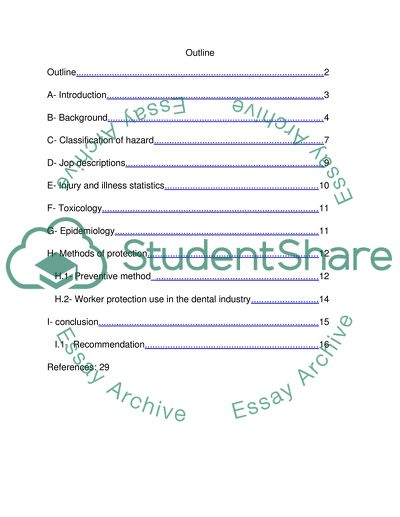Cite this document
(An Exploration of the Amalgam Use in Dental Industry Research Paper, n.d.)
An Exploration of the Amalgam Use in Dental Industry Research Paper. Retrieved from https://studentshare.org/health-sciences-medicine/1731681-an-exploration-of-the-use-of-amalgam-in-dental-industry
An Exploration of the Amalgam Use in Dental Industry Research Paper. Retrieved from https://studentshare.org/health-sciences-medicine/1731681-an-exploration-of-the-use-of-amalgam-in-dental-industry
(An Exploration of the Amalgam Use in Dental Industry Research Paper)
An Exploration of the Amalgam Use in Dental Industry Research Paper. https://studentshare.org/health-sciences-medicine/1731681-an-exploration-of-the-use-of-amalgam-in-dental-industry.
An Exploration of the Amalgam Use in Dental Industry Research Paper. https://studentshare.org/health-sciences-medicine/1731681-an-exploration-of-the-use-of-amalgam-in-dental-industry.
“An Exploration of the Amalgam Use in Dental Industry Research Paper”, n.d. https://studentshare.org/health-sciences-medicine/1731681-an-exploration-of-the-use-of-amalgam-in-dental-industry.


